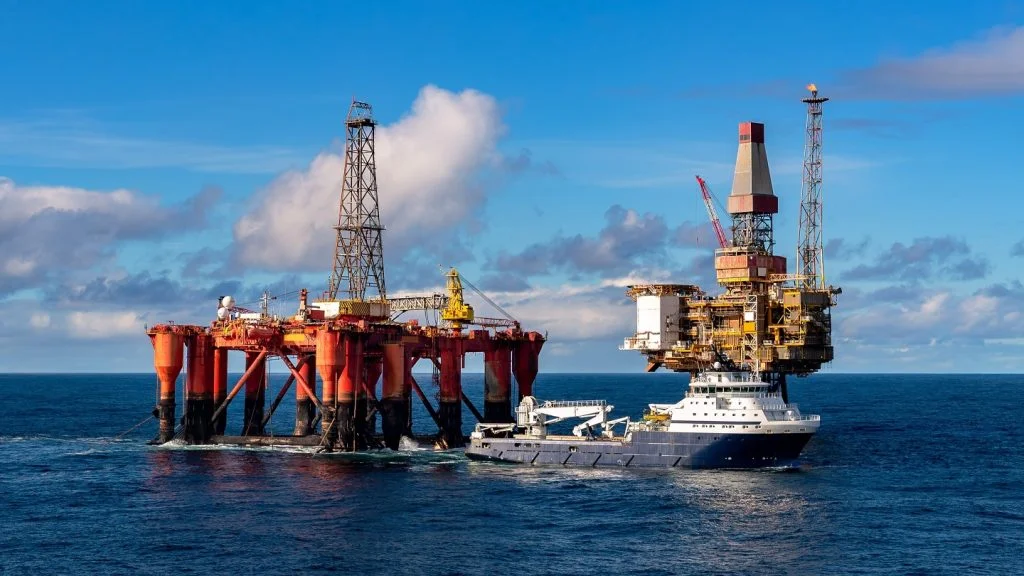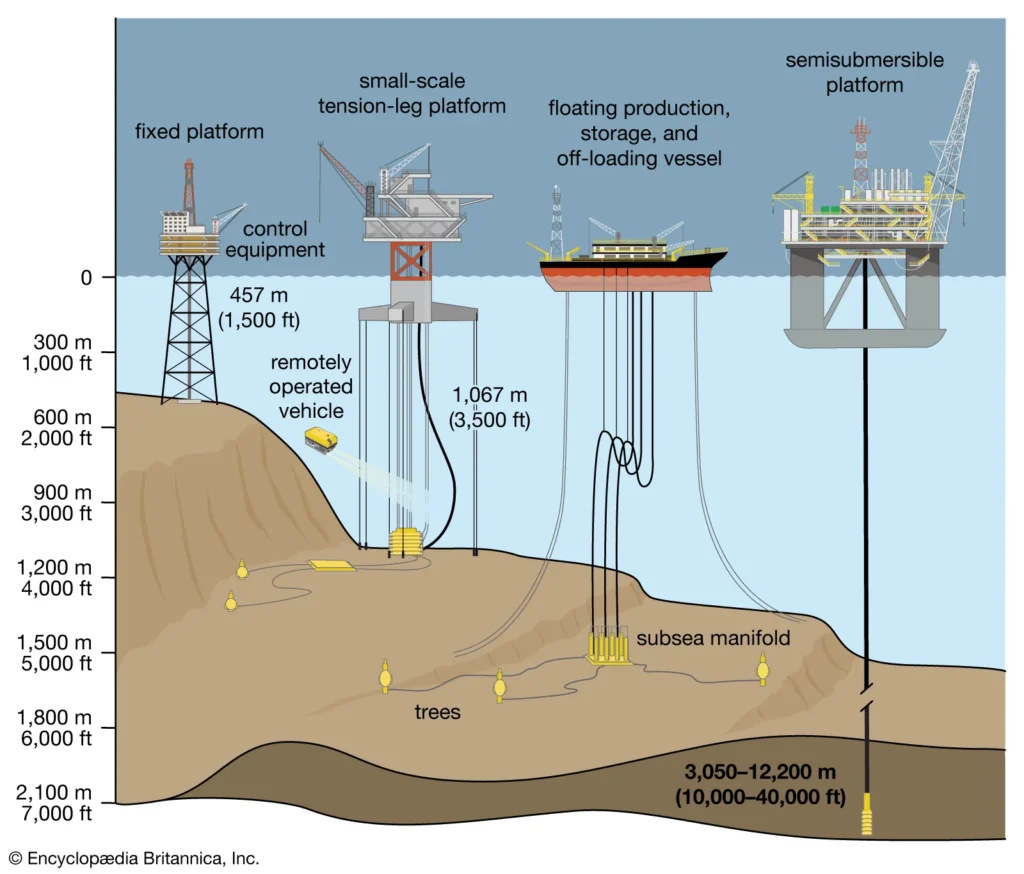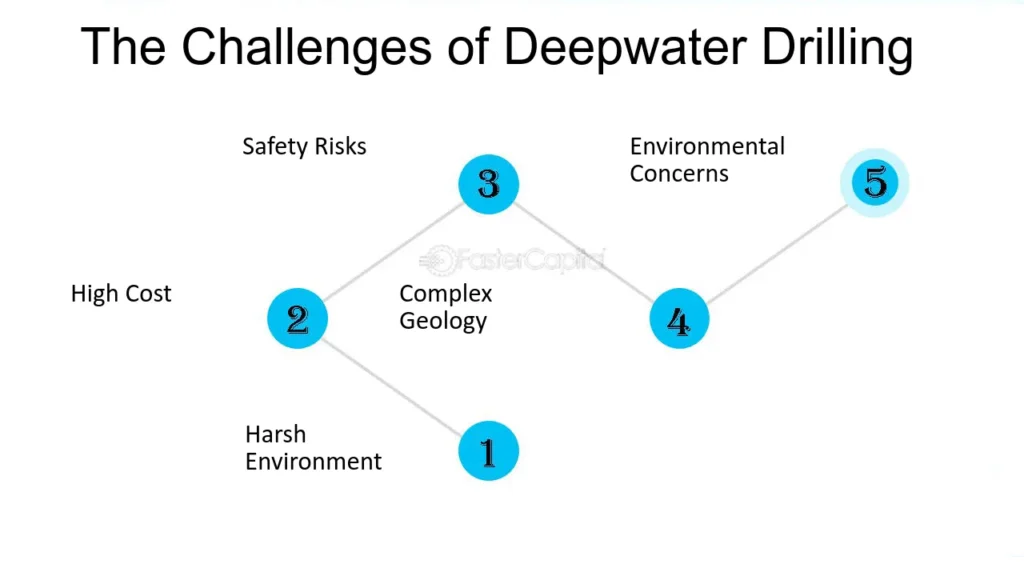
Significant toward the ocean advancement has changed the energy business by enabling the extraction of oil and gas from under the ocean bottom at basic profundities. This state of the art advancement is critical as standard inland holds exhaust and energy associations center around offshore sources to fulfill the creating overall need. In this article, we’ll bounce into the universe of significant toward the ocean advancement, its working frameworks, advantages, troubles, and future potential.
Introduction to Deep Offshore Technology
Understanding Deep Offshore Technology
Significant offshore development suggests the procedures, systems, and stuff used to eliminate hydrocarbons from far beneath the ocean’s surface. These resources are every now and again arranged at profundities outperforming 400 meters (1,312 feet) and can go beyond 1,500 meters (4,921 feet) into what is known as really significant waters.
The advancement used in these circumstances ought to persevere through preposterous pressure, disastrous conditions, and unusual weather patterns. Despite these troubles, movements in significant offshore development have made it possible to get to ahead of time blocked off oil and gas holds.
Importance of Deep Offshore Technology
- Satisfying Energy Needs: As waterfront oil fields decline, significant toward the ocean holds give a fundamental wellspring of energy to fulfill overall need.
- Induction to Tremendous Stores: The significant waters hold huge unseen hydrocarbon resources, crucial for future energy security.
- Mechanical Progression: The improvement of significant toward the ocean advancement has driven improvement in mechanical innovation, materials science, and far off action structures.
How Deep Offshore Technology Works
Key Components of Deep Offshore Technology

Significant offshore extraction incorporates a couple of essential parts that coordinate to access and move hydrocarbons from the seabed to the surface:
- Exhausting Devices: Specific contraptions are used to enter wells in significant waters. These devices can be semi-sub stages, drillships, or floating stages got to the seabed.
- Subsea Structures: Subsea creation systems integrate wellheads, manifolds, and pipelines that arrangement with the extraction and stream of oil and gas from the well to the surface.
- Floating Creation, Amassing, and Offloading (FPSO) Units: These are huge vessels used to process and store eliminated hydrocarbons preceding moving them to enormous haulers for transportation.
- Remote Worked Vehicles (ROVs): ROVs are computerized submarines equipped with cameras and instruments for checking on and staying aware of subsea equipment.
Steps in Deep Offshore Extraction
- Site Survey and Examination: Geophysical investigations and exploratory exhausting conclude the area of oil and gas holds.
- Entering: Explicit infiltrating contraptions bore wells significant into the seabed.
- Subsea Establishment Foundation: Subsea structures are acquainted with manage and control the extraction communication.
- Creation: Oil and gas stream from the wells to the surface, much of the time dealt with on FPSO units.
- Transportation: The isolated hydrocarbons are taken care of and delivered to handling plants through pipelines or huge haulers.
Advantages of Deep Offshore Technology
Significant offshore development gives a couple of advantages that make it a focal part in the energy region:
- Tremendous Stores: Significant toward the ocean infiltrating exploits gigantic stores of oil and gas that can’t be gotten to through inland or shallow water exhausting.
- Energy Opportunity: Toward the ocean holds give energy security and decrease dependence on inland resources, helping countries with widening their energy sources.
- Money related Advancement: Toward the ocean entering makes occupations, strengthens neighborhood economies, and produces pay through resource extraction.
Challenges in Deep Offshore Technology

While significant offshore advancement offers basic benefits, it moreover goes with challenges:
- Huge costs: Deepwater exhausting and creation are exorbitant in view of the necessity for explicit stuff and advancement.
- Normal Risks: Toward the ocean entering positions environmental risks, including oil spills that can destroy sea life natural frameworks.
- Specific Complexity: Working in significant waters requires advanced planning deals with serious consequences regarding persevere through ludicrous strain, temperature, and damaging conditions.
- Authoritative Deterrents: Offshore undertakings ought to concur with extreme managerial essentials, which can move by locale and country.
Future Trends in Deep Offshore Technology
The possible destiny of significant toward the ocean development is driven by types of progress in a couple of districts:
- Motorization and man-made consciousness: Computerization of exhausting and creation processes, maintained by man-made cognizance, will construct capability and security in toward the ocean undertakings.
- Further created Subsea Systems: Progression of extra strong and strong materials for subsea establishment will diminish support needs and redesign useful life expectancy.
- Maintainable Joining: Toward the ocean stages could consolidate harmless to the ecosystem power sources, similar to toward the ocean wind or daylight based, to diminish the carbon impression of exercises.
- Overhauled Normal Protections: Persistent investigation hopes to let the biological impact free from significant offshore exhausting, with an accentuation on spill contravention and response advancements.
FAQs on Significant Offshore Development
What is deep offshore technology?
Significant offshore development incorporates the structures and cycles used to isolate oil and gas from under the ocean bottom at profundities more conspicuous than 400 meters.
What is the difference between deep offshore and shallow water drilling?
The fundamental difference is the significance at which infiltrating occurs. Significant offshore exhausting occurs at additional noticeable profundities (past 400 meters), while shallow water entering occurs in shallower waters (under 400 meters).
What are the challenges of deep offshore drilling?
Challenges consolidate huge costs, particular multifaceted design, environmental risks, and extreme authoritative necessities.
How is technology evolving in deep offshore drilling?
Advancement is creating with types of progress in motorization, PC based knowledge, and further created materials for subsea systems, all of which further develop viability, security, and environmental confirmation.
What is the role of ROVs in deep offshore technology?
Remote Worked Vehicles (ROVs) are crucial for auditing, staying aware of, and fixing subsea system in significant toward the ocean exercises.
Conclusion
Significant toward the ocean development is crucial for fulfilling overall energy needs as customary waterfront resources become inadequate. Despite the troubles, including huge costs and environmental risks, types of progress in development continue to make significant offshore exhausting more useful and safer. The destiny of significant offshore advancement will presumably see altogether more essential turns of events, from computerization to reasonable power coordination, ensuring that this region remains a basic piece of the energy scene.
By understanding the intricacies of significant offshore advancement, we gain information into how the energy business changes with meet the world’s creating necessities. As the interest for oil and gas continues, significant toward the ocean holds will expect a certainly critical part in ensuring energy security and sensibility.





